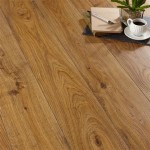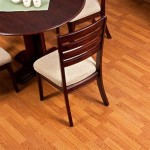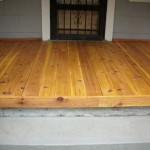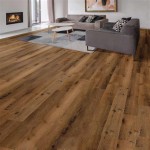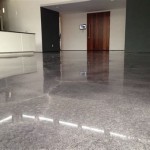Indoor Brick Flooring: A Unique and Durable Choice for Kitchens
When it comes to kitchen flooring, brick may not be the first material that comes to mind. However, indoor brick flooring offers a unique blend of style and durability, making it an excellent choice for kitchens that see a lot of activity.
Benefits of Indoor Brick Flooring
Here are some of the key benefits of using brick flooring in the kitchen:
- Durability: Brick is an incredibly durable material that can withstand heavy foot traffic and accidental spills. It is resistant to scratches, dents, and fading.
- Slip resistance: Brick floors have a naturally rough surface, which provides excellent slip resistance. This is especially important in kitchens where spills and wet surfaces are common.
- Moisture resistance: While brick is not waterproof, it is moisture resistant. When sealed properly, it can withstand spills and splashes without absorbing moisture.
- Heat resistance: Brick flooring is heat resistant, which means it can handle hot pots and pans without warping or cracking.
- Style: Brick floors add a unique and rustic charm to kitchens. They complement a variety of design styles, from traditional to contemporary.
Choosing Brick Flooring for Your Kitchen
Not all brick flooring is created equal. When choosing indoor brick flooring for your kitchen, consider the following factors:
- Type of brick: There are three main types of brick used in flooring: red brick, gray brick, and glazed brick. Red brick is the most common and affordable option. Gray brick has a more modern look. Glazed brick is water-resistant and easier to clean.
- Size and shape: Brick floors can be made from bricks of various sizes and shapes. Small bricks create a more intricate look, while larger bricks give the floor a more spacious feel.
- Color: Brick floors are available in a wide range of colors, from traditional red to white, black, and even blue. Choose a color that complements your kitchen's overall design.
Installation and Maintenance
Installing indoor brick flooring is a job best left to professionals. A qualified installer will ensure that the floor is properly prepared and laid. Brick floors require sealing to protect them from moisture and stains. Regular sweeping and mopping are all that is needed to keep brick floors looking their best.
Conclusion
Indoor brick flooring is an excellent choice for kitchens that demand durability, slip resistance, and style. With its unique charm and exceptional performance, brick flooring can transform your kitchen into a warm and inviting space that will last for years to come.

Kitchen Flooring Trend Follow The Red Brick Floor Colorado Nest

Herringbone Brick Paver Floor Wildfire Interiors

Brick Flooring The Perfect Transitional Element For Bringing Outdoors In Designed

Roses And Rust Raw Beauty Brick Floors

Follow The Yellow Brick Home Beautiful And Timeless Floors A Kitchen Makeover Sneak K

10 Brick Floor Design Ideas We Love

Adding Brick To The Inside Of Your Home Evolution Style

5 Reasons To Bring Brick Floors Indoors Flooring Floor Kitchen Stone

Kitchen Cooktops Brick Floors Design Photos And Ideas Dwell

Interior Brick Floor Transitional Media Room The Owen Group
Related Posts

